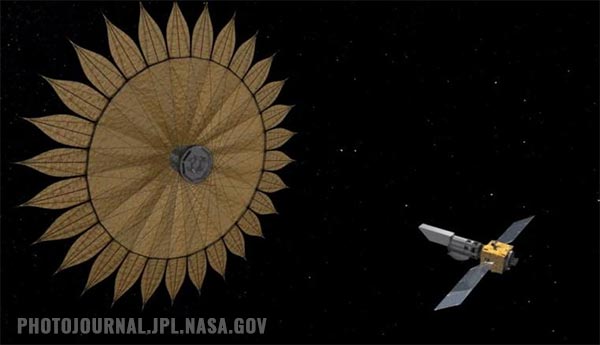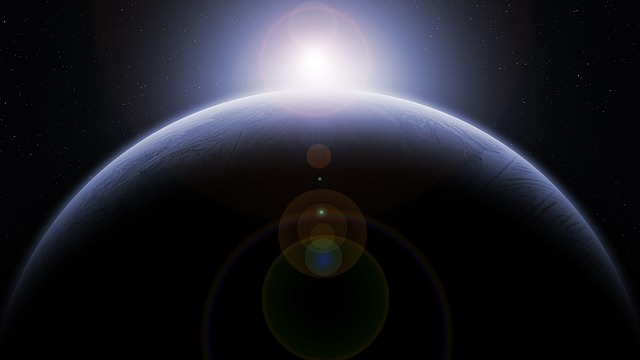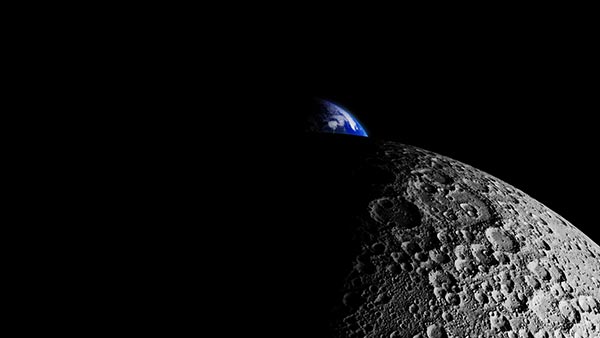
A recent study published in Physics Report and The Astronomical Journal suggests that the fabled Planet Nine will be discovered in the next 10 to 15 years or so.
A few years ago, astronomers Konstantin Batygin and Mike Brown from California Institute of Technology gathered evidence and hypothesized that Planet Nine is 10 times larger than Earth and revolves around the sun at an average distance of 600 astronomical units (A.U.), which is about 93 million miles.
However, in a recent review, Batygin, Brown, and other researchers determined that Planet Nine might be smaller and closer than what was initially theorized.
Recent observations and computer modeling evidence revealed that the mass of Planet Nine is approximately five to 10 times the size of Earth. Moreover, the orbital distance is much closer at 400-500 A.U. Consequently, this should make Planet Nine easier to find.
Scientists expect to discover Planet Nine by 2030
“Perhaps counterintuitively, the increase in brightness due to a smaller heliocentric distance more than makes up for the decrease in brightness due to a slightly diminished physical radius, suggesting that Planet Nine is more readily discoverable by conventional optical surveys than previously thought,” said the researchers.
They further explained that existing telescopes like the Panoramic Survey Telescope and Rapid Response System (Pan-STARRS) project in Hawaii are powerful enough to spot Planet Nine. However, even if it is a little bit farther away, the Large Synoptic Survey Telescope – a telescope being built in Chile – is said to be able to find the planet when it becomes online in three years' time.
“Therefore, Planet Nine – if it exists as described here – is likely to be discovered within a decade,” the researchers said. (Related: It took 10 years to prove: First exoplanet finally confirmed.)
While it may seem peculiar that an object much more massive than Earth could stay hidden in the solar system for this long, it must be noted that Planet Nine’s location is extremely far away, and its orbit is much larger than the planets in the solar system. For perspective, the dwarf planet Pluto has an average distance of 39.5 A.U. If anything, finding Planet Nine means looking at very faint planets, as well as covering a vast area of celestial ground.
The Kuiper belt
Planet Nine is located at the Kuiper belt among the dwarf planets. The Kuiper belt is an area outside the solar system, which measures approximately 20 A.U. wide. It was named after the astronomer Gerard Kuiper who hypothesized about a disk of space material outside the solar system. This belt is similar to the asteroid belt found between Mars and Jupiter, but the Kuiper Belt is about 20 to 200 times more massive.
The Kuiper belt contains frozen volatiles that are made of methane, nitrogen, ammonia, and water. Moreover, three known dwarf planets can be found in the Kuiper belt, namely Pluto, Haumea, and Makemake. Researchers believe that some of the moons that currently orbit the planets in the solar system have originated in the Kuiper belt.
Astronomers found similar belt structures on at least nine other stars. In fact, the Hubble Space Telescope has taken photos of discs around the stars HD 138664 in the constellation Lupus, and HD 53143 in the constellation Carina.
The first Kuiper belt mission, called the New Horizons, flew by Pluto on July 2015. It is currently heading out to the deeper areas of the Kuiper belt to study other objects.
For more discoveries on the far reaches of the solar system, visit Cosmic.news.
Sources include:
Please contact us for more information.


















